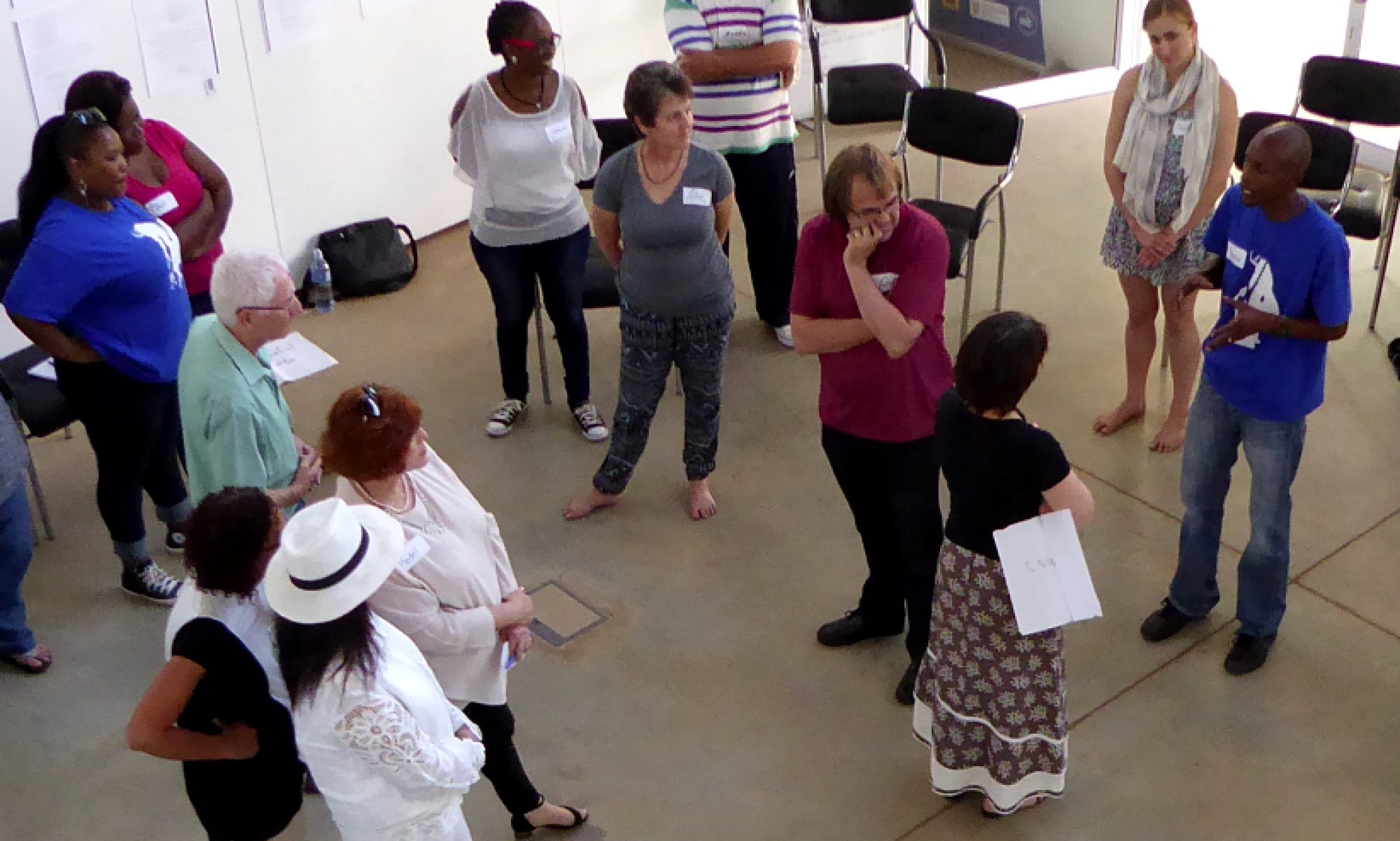Over and over you may have heard or experienced how a story can really make an idea stay with you. You have heard someone relate something that had happened to them and you retell it struck by what the story says about your world and its people.
What about stories that you remember from childhood or from literature? They create metaphors and symbols that we use in everyday life to refer to some kind of truth that we learned through them. The proverbial goose who lays the golden egg, or the black sheep in the family. What about Afrikaans people saying “ek is nie die vark in hierdie verhaal nie” (I am not the pig in this story).
Stories make learning stick because they involve the left and the right brain, they excite the emotions and they connect concepts with one another in surprising but memorable ways. They make what is abstract suddenly concrete and doing so creates aha-moments that stay with you over time. Stories even give you practical solutions and show you things you can do to make your life different.
There is another untapped but extremely powerful way in which stories can make learning stick – not through their content, but through their structure.
If you have read the Bible, or studied Greek mythology, or heard fairy tales from your grandmother, studied some Shakespeare at school, or just seen a few Hollywood films, you would recognize this structure right away. It is the dramatic structure underlying almost all stories and serves the purpose of taking the main character in the story on a journey of self discovery and personal growth.
Stories take the hero on a journey of learning – a kind of learning that not only sticks with him/her the hero, but impacts their entire community and often the land itself: they lived happily ever after, their people prospered, and their land was fruitful.
A story is designed to teach the hero lessons that will stick – can the same structure do the same for you and your team, client or audience?
There are three levels on which this story structure works: the fictional, the personal, and the communal.
1. The fictional level
When you read or listen to a story you can distinguish the elements of the structure quite easily. Knowing the elements can then help you understand the story and use it to make your own stories.
2. Your own life journey.
Whenever you experience change, uncertainty, or heightened emotion, Once you understand stories, you can apply their meaning to your own life. your story is moving through one of the stages of story structure.
3. The growth of a group, company or community
Entire communities may go through change and again the same pattern is recognizable. You can therefore use story structure to understand and shape the growth of a group, company or community.
If you understand how the story structure of the hero’s journey works, you can use it in the lives of other people to play an important role in their growth. You can
- shape information to fit into a story so that people are inspired to change;
- use it to design presentations and proposals
- design and organize workshops and events that will help people open up to new ideas and change.
The three levels of the story’s function is very hard to separate from one another. The hero’s personal journey is woven into the journey of her own community. In your own life too, the stories you read influence and mirror your life and your life influences and mirrors the lives of those around you. If you understand how this works, you may be able to use stories to manage your own growth and play a great role in shaping the stories of those of others.
Playing Mantis offers a one day workshop on Story Strategies for Facilitators where we explore how to use the structure of story as tool for designing learning experiences that will make the learning stick.


